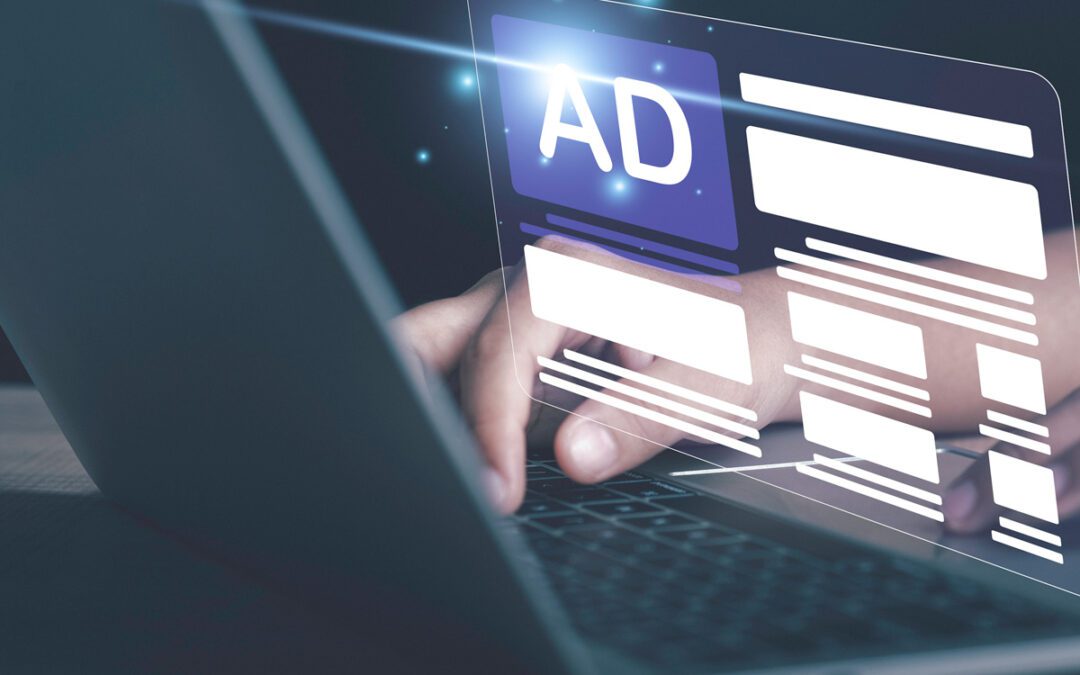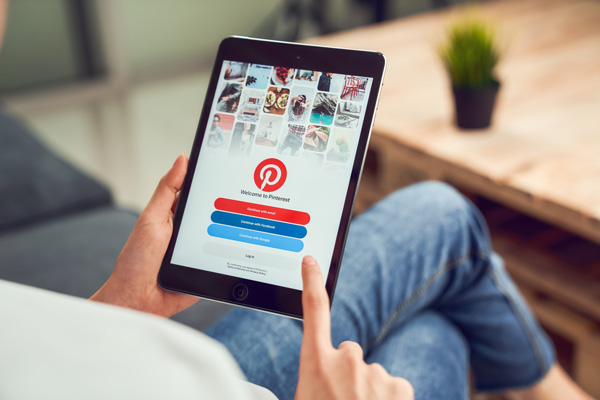Meta has transformed digital marketing. Previously known as Facebook, the tech conglomerate has revolutionized how businesses connect with people. It also offers powerful advertising tools to reach the right audience at the right time.
We’ll highlight why brands should consider using Meta as part of their ad strategy. Plus, some common challenges marketers face and how to make the most of Meta’s advertising opportunities.
First, let’s take a look at key milestones over the past two decades. You’ll see the evolution from a social media startup to the Meta Platforms we know today.
- 2004: Facebook was launched by Mark Zuckerberg.
- 2010: Instagram launched and initially gained popularity as a photo-sharing app. It later expanded to include video-sharing and other features.
- 2012: Facebook announced its acquisition of Instagram.
- 2014: Facebook acquires WhatsApp, a messaging platform. Facebook acquires Oculus VR – hinting at their interest in virtual reality and AI early on.
- 2020: Instagram introduced Reels, a rival to TikTok, which features short, scrollable, vertical videos in an algorithmic feed.
- 2021: Facebook rebrands as Meta Platforms.
Where Does Meta Stand Today?
The rebrand to Meta Platforms signals a shift towards the metaverse and cutting-edge technologies like AR, VR, and AI. But, runsthis does not mean their digital advertising efforts are taking a backseat. Instead, Meta has leaned into new technology. They’ve also integrated advanced AI and machine learning into Meta Ads Manager.
Benefits of Meta Ads
Extensive, Efficient Reach
There are billions of global active users across Meta platforms, with over 200 million in the US. This extensive reach gives advertisers access to a vast and diverse audience. It maximizes the potential for brand exposure and cost-effective new customer acquisition. Whether a business runs a national or hyper-local ad campaign, Meta delivers the most efficient digital impression.
Full Funnel Capabilities
With the CPM efficiency, Meta is effective at the top of the funnel in an always-on strategy. This expands reach, builds awareness, and maintains a brand presence throughout the year.
You can also use Meta as a mid/lower-funnel tactic. Drive efficient site traffic, particularly in markets with strong brand affinity, and build retargeting pools.
Variety in Products
Meta also has a variety of products to tap into that help businesses in all industries drive sales. Shops and Lead Gen Ads, for example, allow users to purchase or submit inquiry forms directly within the app. It simplifies the path to conversion, which is key for ad performance and improving conversion rates.
Breadth of Meta Ad Placements/Exposure
Meta offers several ad placements across its family of apps — Facebook, Instagram, Messenger, and the Audience Network. Each placement has unique features, benefits, and potential drawbacks.
Placement should align with your campaign objectives and target audience. Through the use of a mix of placements, you can maximize reach, engagement, and conversions. Here’s a look specific strengths and limitations of each ad format.
- Feed: The native format sees high engagement. But, it can be expensive thanks to high competition.
- Stories: There’s a visually immersive and full-screen experience with the ad creative. However, ads disappear after 24 hours, limiting exposure time.
- Reels (FB/IG): Reels are Meta’s vertical video rival to TikTok. They capture attention with short, engaging videos, but ad placement is relatively new and less mature.
- Facebook Right Column: These placements are affordable. However, they’re visible only on desktop (similar to Display ads) and see lower engagement compared to feed ads.
- Messenger: Offers direct contact with users in their messaging environment. But, it can feel intrusive and disrupt user experience.
- Audience Network: Extends reach beyond Meta platforms to third-party apps and websites.
Ease of Use, Low Barrier to Entry
Facebook and Instagram share an ad platform. It streamlines the buying process for advertisers, and gives access to the combined 200 million+ monthly average users.
- Investment Levels: There are no spend minimums on the platform. It’s accessible for businesses of all sizes and budgets. With flexible investment levels, advertisers can start with modest budgets and scale up as they see results.
- Creative Requirements: Platforms like TikTok or Pinterest require bespoke content for best performance. Meta, however, can run all types of creative styles and formats from TV spots to UGC. This alleviates production lift and reduces cost, enabling advertisers to quickly launch campaigns without needing extensive creative production.
A/B Testing Capabilities
Meta is the best media platform for testing creative. It has formal A/B testing capabilities plus a low investment requirement. Advertisers can and should experiment with different ad formats, visuals, copy, and targeting strategies. Test options to determine what resonates best with their audience.
Meta also provides detailed insights and analytics, allowing for data-driven decisions to optimize performance. With continuous testing and learning, businesses can achieve higher engagement rates and better return on investment. Most importantly, Meta ad testing provides cost-effective results. Those can then be the guide for other channels, ensuring all media is as effective as possible.
Platform Limitation and Longstanding Challenges
Limited Native Targeting Capabilities
One of Meta’s biggest drawbacks is the limited targeting options available natively. Meta’s Detailed Targeting (demographic, interest, and behavior) relies primarily on first-party data. This includes user interactions within its platforms, self-reported profile demographics, and activities across its technologies.
This means advertisers can target based on ads users click, pages they engage with, and basic demographic information. But you lack access to the extensive third-party data that programmatic platforms offer. This can restrict your ability to reach highly-specific audiences. Brands with niche target demos may see stronger returns against programmatic buys.
Company Controversies
There’s also no denying Meta has faced controversies over the years. Issues span data collection and privacy concerns, reckless spending on AR, spread of misinformation, and loss of third-party data for advertisers. Here are some examples:
Apple’s AppTrackingTransparency: In April 2021, Apple introduced its AppTrackingTransparency (ATT) framework. It significantly impacted digital advertising and Meta’s ad business in particular. ATT simplified the process for mobile users to opt out of being tracked by Meta. That in turn diminished the effectiveness of targeted ads.
As a result, the cost of advertising on core Facebook platforms increased by 66% from Q4 2020 to Q4 2021. Impressions dropped by 22% during the same period, according to data from performance marketing agency Tinuiti.
Misinformation / Brand Safety: Misinformation remains a persistent issue for Meta. Unlike traditional media, digital platforms rely on algorithms to curate content, which can inadvertently amplify false or misleading information.
This is not unique to Meta. Other platforms face similar challenge, but Meta’s scale and volume of content heighten the problem. These issues pose brand safety concerns for advertisers. Their content risks appearing alongside controversial posts, potentially damaging their reputation.
To mitigate these risks, Meta has implemented various tools and process changes. Measures include fact-checking partnerships, in-platform ad placement controls, and brand safety controls like blocklist and inventory filters to avoid showing your ads near politics, news and other sensitive content.
Excessive Metaverse Spending: In late 2021, Meta began focusing on the Metaverse. It’s a digital environment where users are represented by avatars. They can interact with each other and their environment in a virtual reality setting.
Meta claimed massive ad potential, but the idea has yet to widely catch on. Meta’s continued investment in this unproven technology could divert resources away from more promising areas of innovation for businesses.
Conclusion
Using Meta into your media mix offers businesses unmatched potential reach and diverse ad placement opportunities across Facebook, Instagram, and other platforms. It enables brands to effectively engage a broad audience. Meta’s low barrier to entry, combined with its advanced A/B testing capabilities, allows for precise campaign optimization. It’s ideal for both small businesses and large-scale campaigns.
Challenges like privacy concerns and rising costs do exist. But, the platform’s ability to deliver efficient, targeted impressions makes it a strong choice for brands aiming to grow awareness and drive conversions throughout the customer journey.
Get in touch to learn more about how Scale Marketing uses insights to drive growth and business results for companies like yours.






